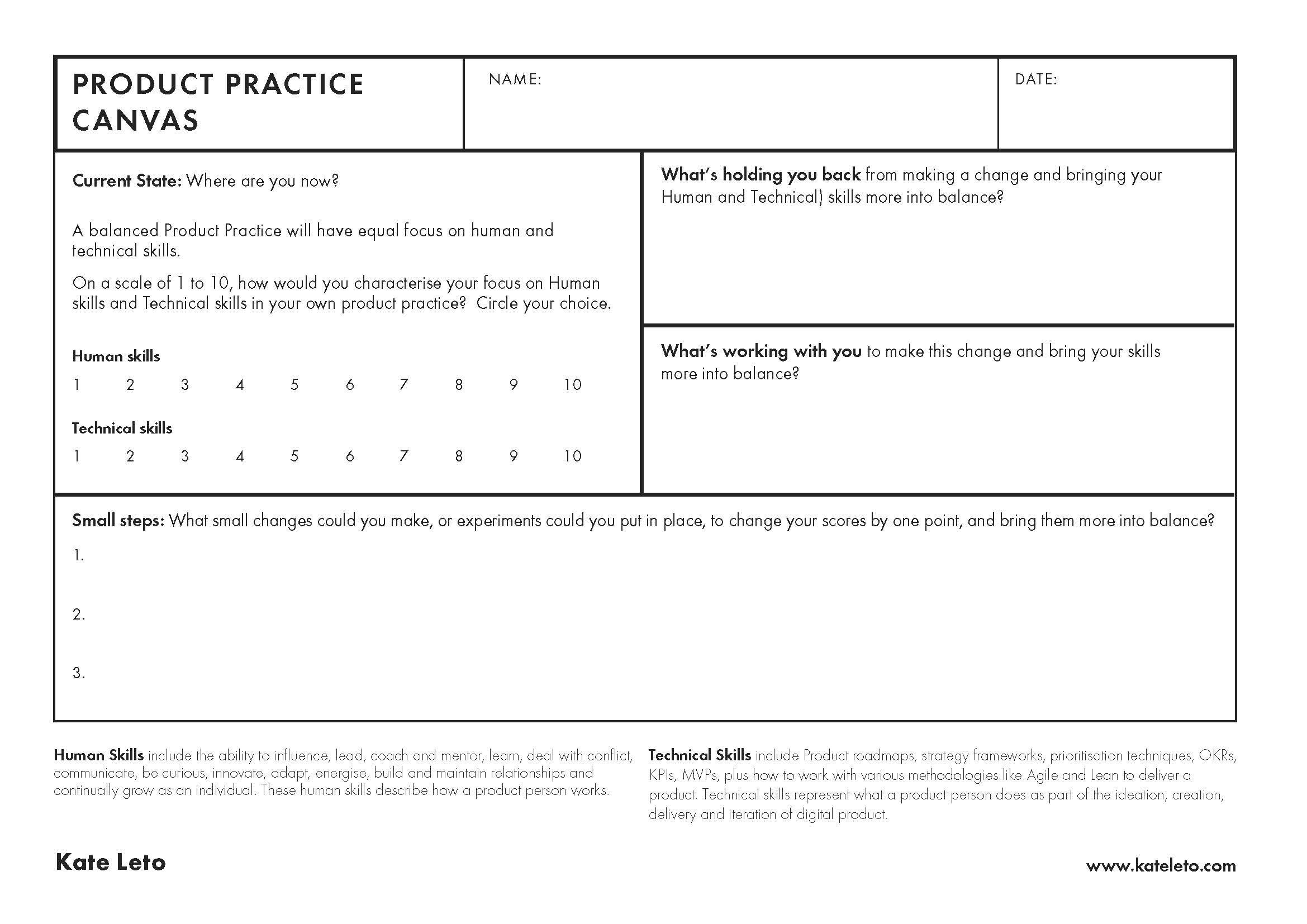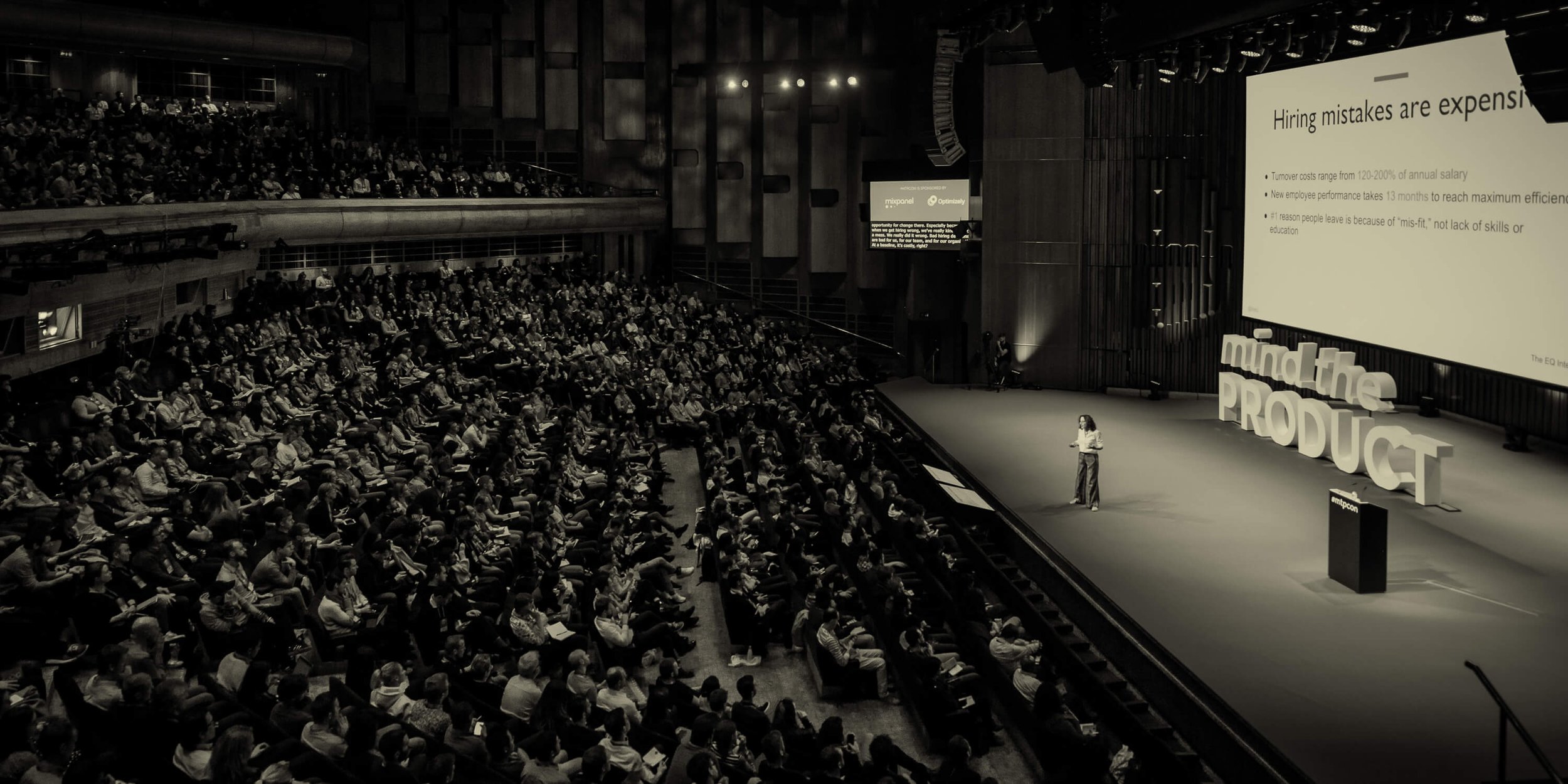Articles

This article isn’t very good. How Product Leaders can better understand and live with Imposter Syndrome (Part 1)
In 1978, graduate students Suzanne Imes and Pauline Rose Clance had feelings of just not being good enough and of being frauds despite their high level of achievements. They noticed many of their fellow female students had similar feelings.
After an extensive research project to understand why such intelligent, high-achieving women were feeling this way, they published a paper in which they coined the term “imposter phenomenon.”

Product EQ Toolkit Part 1: The Product Practice Canvas
This first article includes a self-reflection exercise called the Product Practice Canvas that you can use on your own, or with clients in leadership coaching. A balanced product practice has equal focus on human skills and technical skills. Use this canvas to reflect on your own product practice by measuring the current state of both technical and human skills, and chart small steps to create change.

Build Essential Product skills with the Human Skills Wheel
What makes one product succeed where another fails? Could be the design. Could be the analytics captured and dissected. Could be the technology behind it, or the features and functionality it offers. Maybe it’s the market. Or the customer Or the brand.
I think that is just scratching the surface. 7 Min Read

The Role Canvas: 4 Questions to help your Product Team re-think hiring
Ensuring there’s a clear and shared understanding of the role that you’re hiring for is an essential first step to thinking more collaboratively and comprehensively about what a new role might be before the interviewing even begins. The Role Canvas that I’ve developed incorporates four (seemingly) simple questions to help you and your team do just that. 6 Min Read

